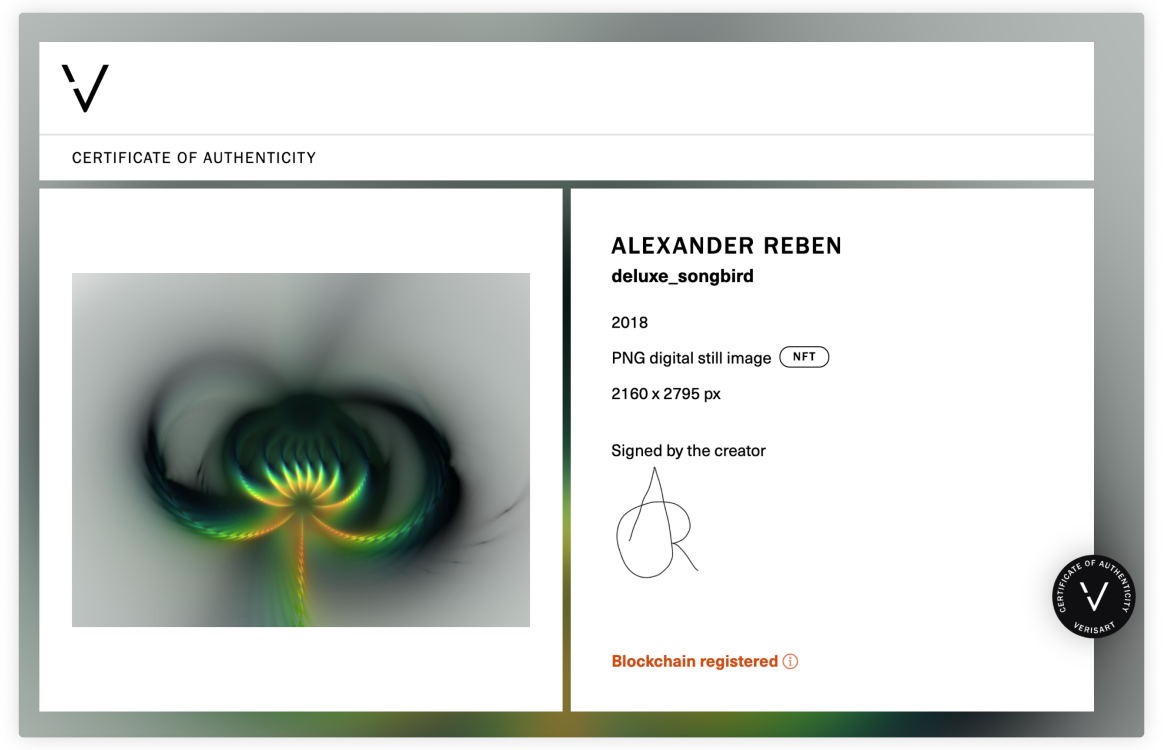Alexander Reben, blazing lumpfish, 2018, courtesy of the artist.
Thought Renders: Human and technological collaboration
Alexander Reben created his popular ‘Thought Render Series’, in 2018, the fractals influenced by the artist's brainwaves and body signals available for the first time as NFTs
Alexander Reben has been exploring humanity through art and technology since he graduated from MIT in 2010. His exhibition at Gazell.io’s project space in London, ‘AI-Mazing’, and his subsequent NFT drop of his ‘Thought Render Series’, focuses on the idea of the human collaborating with technology. In his artworks, he brings to light our inseparable evolutionary entanglement to invention which has shaped our way of being and thinking by using tools such as artificial philosophy, synthetic psychology, and perceptual manipulation.
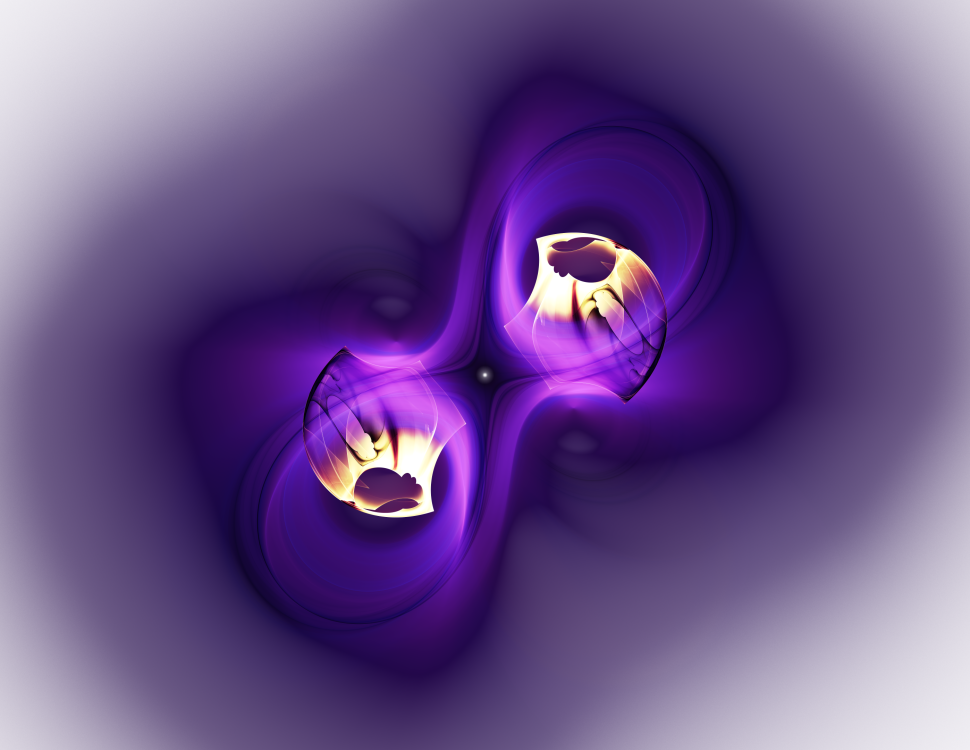
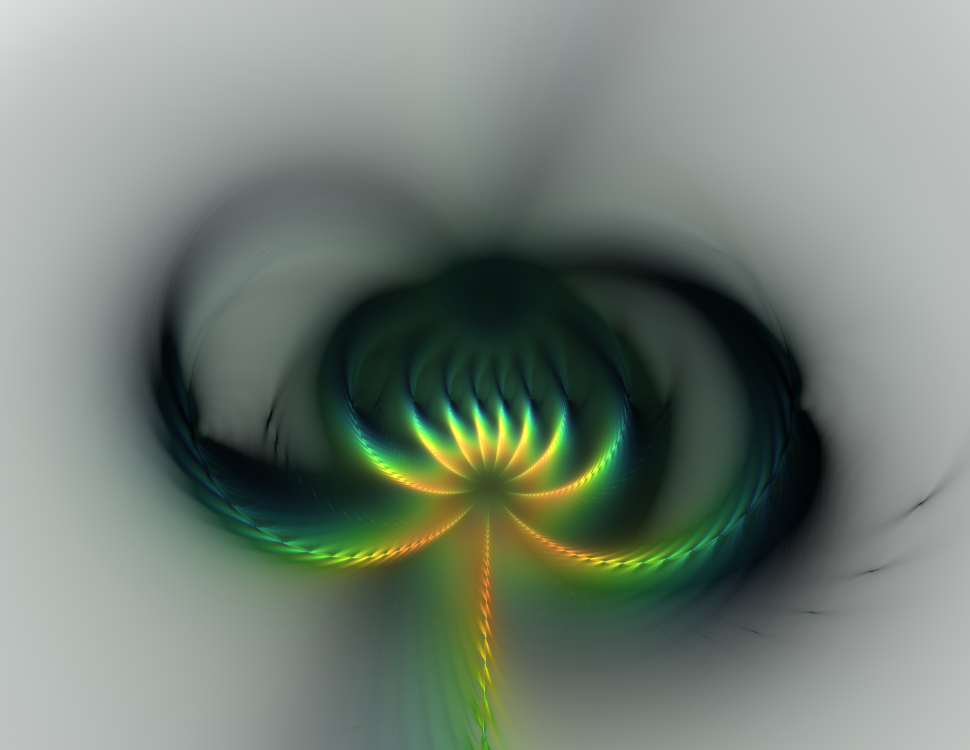
On the 14th of September, Alexander Reben dropped 36 one of one NFTs on Opensea from his popular ‘Thought Render Series’, developed in 2018. “I start with a program which generates phrases for me to think about, for example ‘obtrusive grass,’” Reben explained. He then thinks about the phrase while an EEG (an electroencephalogram, a recording of brain activity) and other sensors record his reactions. The data is then fed into an art generating algorithm to create an image. “The digital version uses IFS (Iterated Function System) fractal generation, a where the color palette is chosen by the computer from the phrase used in Google image search results,” he said, “it then displays different versions for me to choose from by measuring my reactions to the images.”
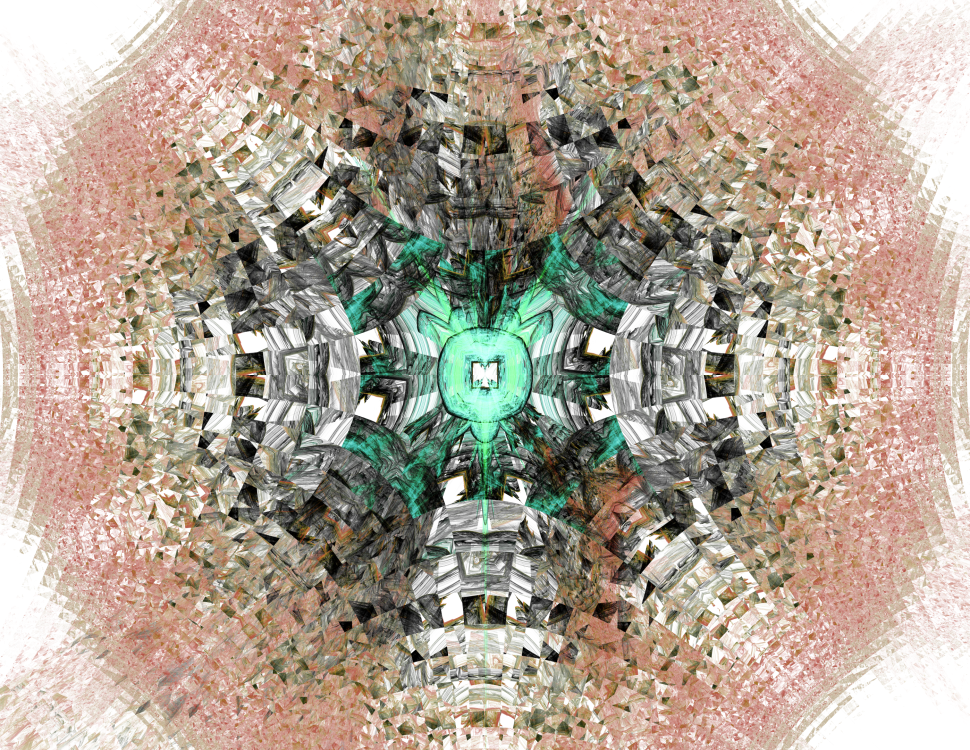
The works are produced as follows:
A computer algorithm generates an adjective-noun phrase
The artist thinks about this phrase while the computer reads his brainwaves and body-signals
The computer uses this data to generate fractals from templates
The computer searches the internet for images of the phrase, which it uses to create a color palette
The computer shows the artist several results, measuring his brainwaves and body signals to select which he likes "best"
The final result is rendered
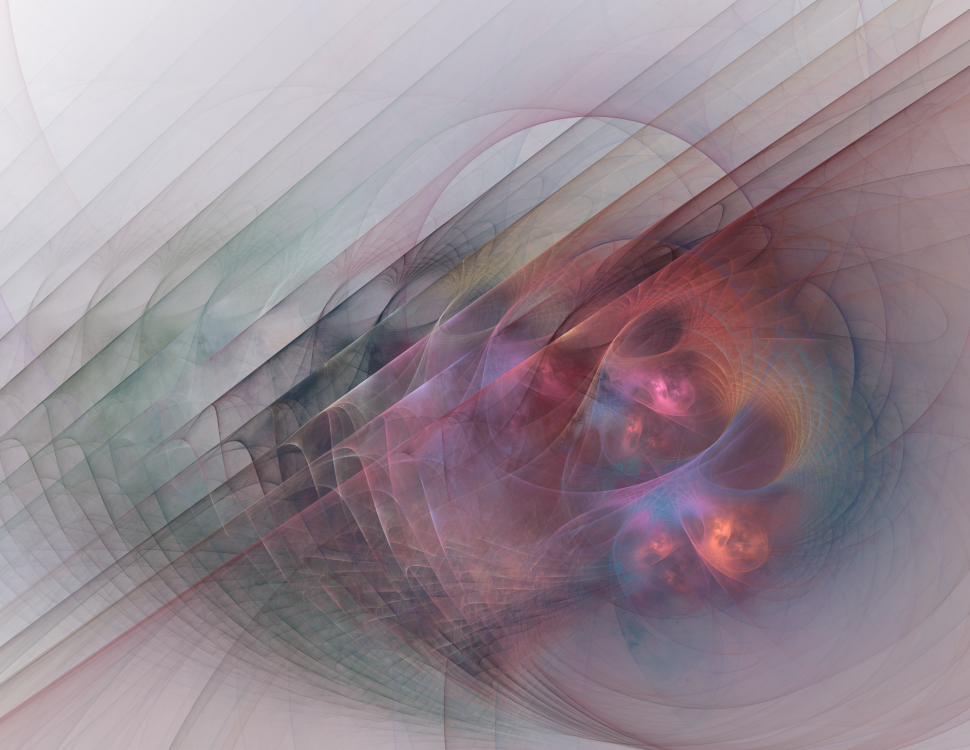
Each fractal brought out something new and unexpected, which is within the very nature of generative art. The technology used to create the fractals comes from an early computing formula in the 80s, although to no surprise, his works took a very large amount of computing power to render. Reben saw the final results as paying homage to the recognizable designs of fractals used frequently in the early 80s from emerging computer technology, giving these works an aesthetic familiarity.
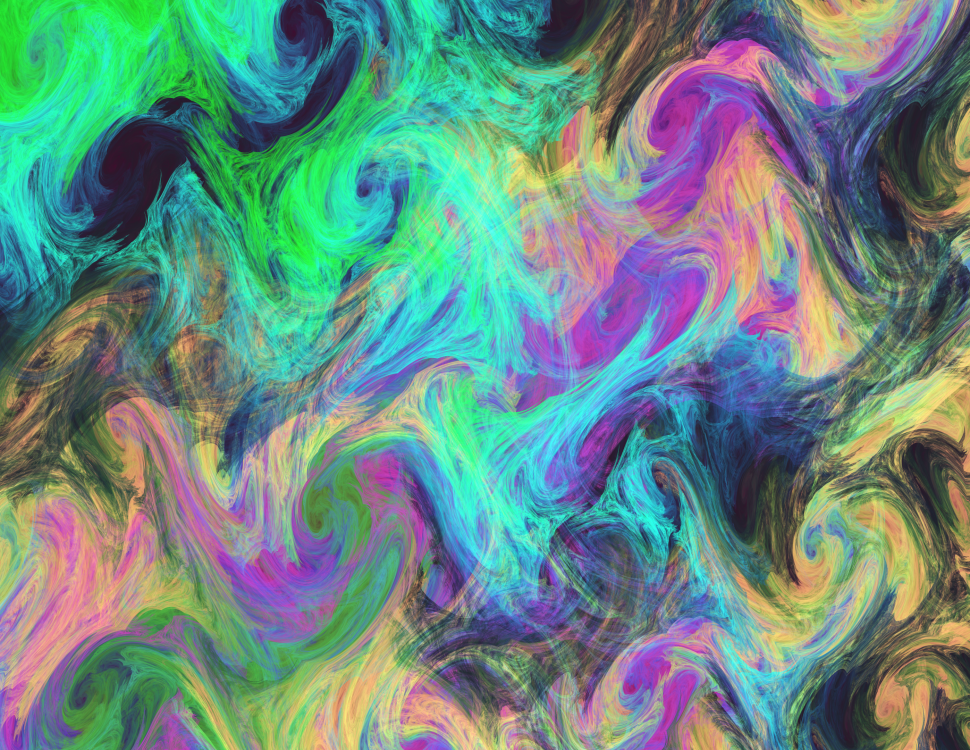
When Reben first created these works in 2018, he had the sole intention of displaying and selling them as prints. “Back then, that was the main means of dispersing your digital images, by printing them and trying to hang them in a gallery. By doing this drop I am finally allowing access to the digital part of this artwork”. Reben has recently been at the forefront of the generative art scene, creating large scale drops on exclusive NFT platforms such as Artblocks.io and Gen.Art, making the NFT drop of this particular series a natural progression.
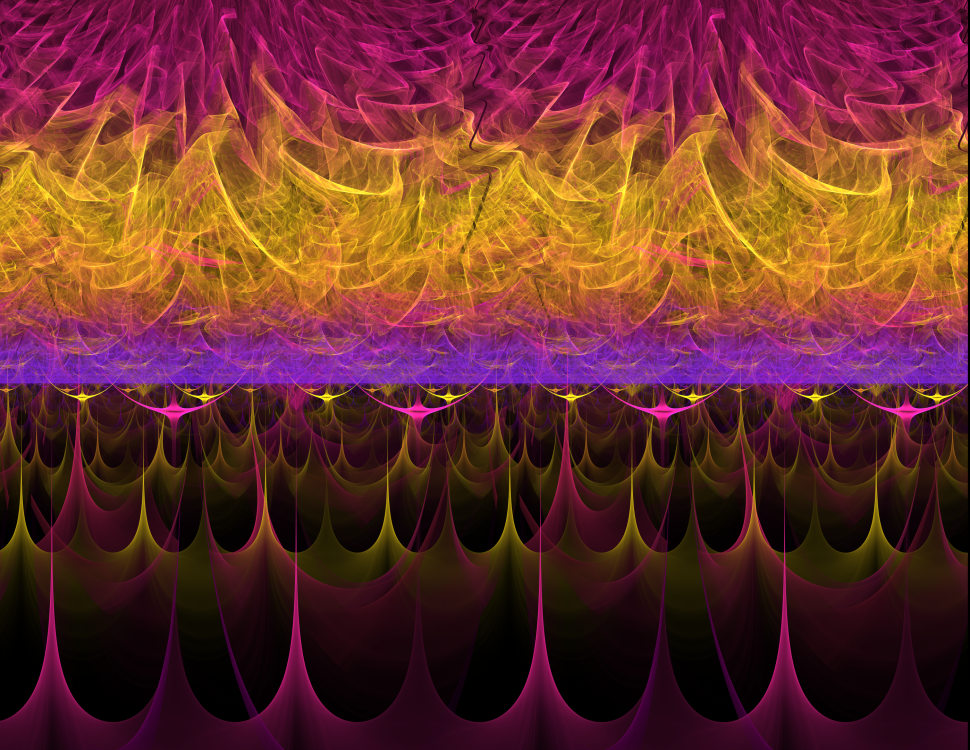
It is also important to note the absurd titles of the work that the AI has created such as ‘faultfinding_whirlpool’,floppy_apologetics, and ‘exact_reorientation’. Maybe include some examples here These AI generated phrases inspired the concept for his current exhibition at Gazell.io’s project space in August and September 2021, ‘AI-Mazing’. The show showcases artworks generated from curatorial texts written by AI.The process for creating the works starts with a series of carefully curated “start texts” that are fed into a text generation AI called GPT-3 (one of the largest and most advanced artificial neural networks), which then outputs text including a description of an imaginary artwork, along with analysis of that artwork and other supporting text. Lastly, Reben commissions artists around the world to produce what the AI has explained.
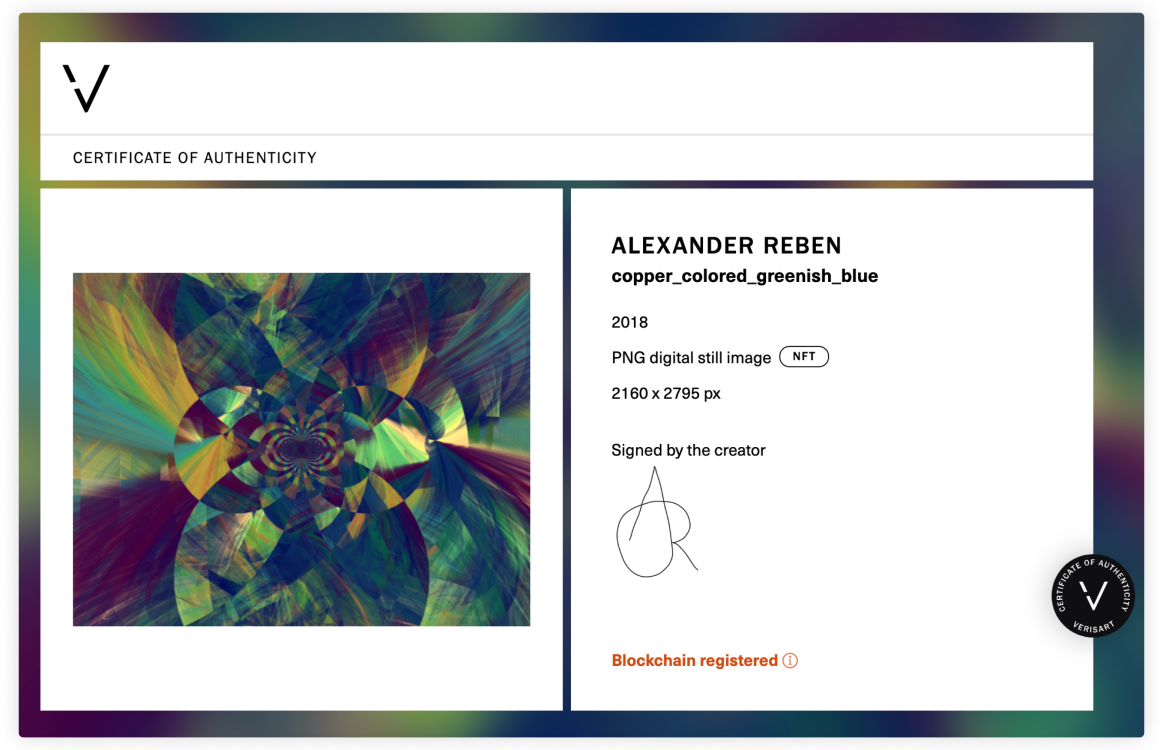
Reben’s show at Gazell.io and his subsequent NFT drop of his Though Render Series, demonstrate the impressive potential of human and technological collaboration. Reben’s drop ends Monday, the 20th of September at 6pm BST. His exhibition at Gazell.io project space, located on the lower ground floor of Gazelli Art House, is on view until the 2nd of October. Each NFT is certified by Verisart.
